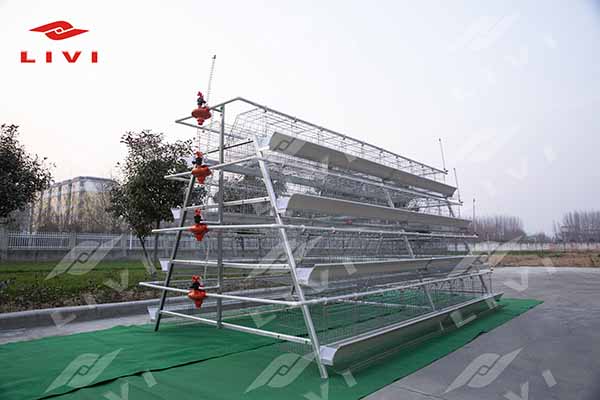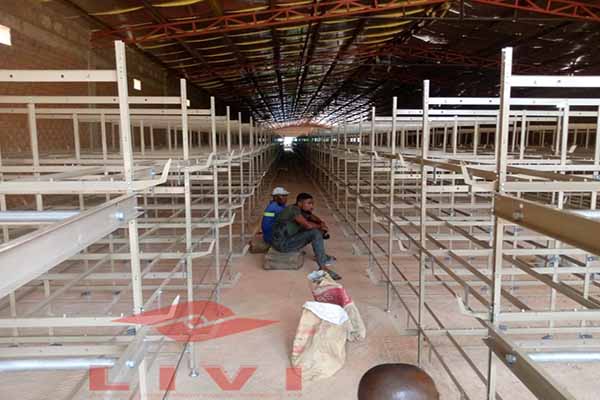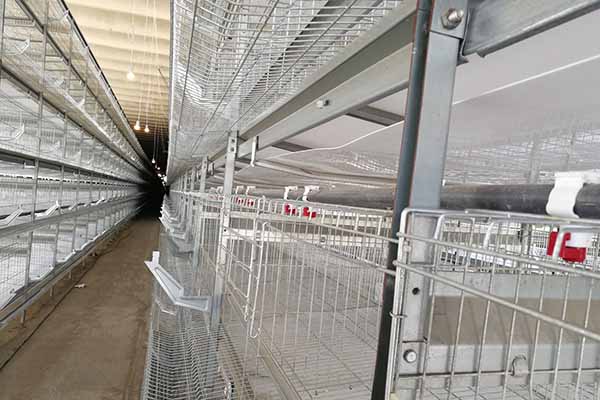How is the Energy-Saving Effect of Tanzanian Chicken Farming Equipment?
Time : 2025-04-28
When it comes to chicken farming in Tanzania, one of the most crucial aspects that can’t be overlooked is the energy-saving effect of the farming equipment used. In this article, we’ll dive into how these equipment options are contributing to a more sustainable and cost-effective chicken farming industry in the country. Let’s get down to the nitty-gritty!
The Importance of Energy-Efficient Chicken Farming Equipment
Farming is a sector that relies heavily on energy consumption, and chicken farming is no exception. In Tanzania, where the agriculture industry is a cornerstone of the economy, the energy-saving effects of farming equipment are more than just an environmental concern; they’re a financial one too. Let’s explore why energy efficiency matters in chicken farming.
First off, energy costs can eat up a significant chunk of a chicken farmer’s budget. By using energy-efficient equipment, farmers can reduce their operational costs, which, in turn, can increase their profit margins. Moreover, with the rising cost of electricity and other energy sources, investing in energy-saving technology is a smart move for the long-term sustainability of the business.
Energy-Saving Equipment in Action
Now, let’s talk about some specific types of energy-saving equipment that are being used in Tanzanian chicken farming. These include:
1. LED Lighting Systems
One of the most immediate areas where energy savings can be achieved is through lighting. Traditional incandescent bulbs consume a lot of energy, while LED lighting systems are much more efficient. In chicken coops, where lighting is crucial for health and productivity, switching to LED lighting can significantly reduce energy consumption.
2. Solar-Powered Systems
Tanzania has abundant sunlight, making it an ideal candidate for solar power. By harnessing solar energy for lighting, heating, and even water pumping, chicken farmers can drastically cut down on their electricity bills. Solar-powered systems are not only eco-friendly but also reliable, as they provide a constant source of energy, even during power outages.
3. Automatic Feeding Systems
Automated feeding systems are becoming increasingly popular in Tanzanian chicken farms. These systems can be programmed to dispense feed at predetermined times, reducing waste and minimizing the need for manual labor. This not only saves energy but also ensures that the chickens receive a consistent and balanced diet, which can lead to better growth rates and overall health.

4. Biogas Digesters
Biogas digesters are another innovative way to save energy in chicken farming. These digesters convert chicken manure into biogas, which can be used for cooking and heating. This not only reduces the need for firewood but also provides a source of clean energy, further cutting down on the farm’s carbon footprint.
Measuring the Energy-S aving Effect
aving Effect
So, how can we measure the energy-saving effect of these equipment options? Here are a few ways:
1. Energy Consumption Reduction
The most straightforward way to measure the energy-saving effect is by comparing the energy consumption before and after implementing the energy-efficient equipment. If the consumption has gone down, then we can safely say that the equipment is indeed saving energy.
2. Cost Savings
Another practical way to assess the energy-saving effect is by tracking the reduction in energy costs. If the cost savings are significant, then it’s clear that the equipment is providing a financial benefit to the farm.
3. Environmental Impact
Lastly, the environmental impact can also be a measure of the energy-saving effect. By reducing energy consumption, farms can contribute to a healthier planet, which is a benefit that extends beyond the farm’s borders.
Conclusion
In conclusion, the energy-saving effect of Tanzanian chicken farming equipment is undeniable. By adopting energy-efficient technologies, farmers can lower their costs, increase their profits, and contribute to a more sustainable future. As the demand for chicken meat co ntinues to rise in Tanzania and across the globe, investing in energy-saving equipment will become even more critical.
ntinues to rise in Tanzania and across the globe, investing in energy-saving equipment will become even more critical.
So, if you’re a chicken farmer in Tanzania or considering starting a farm, it’s time to think about the energy-saving effects of your equipment choices. Your wallet, your chickens, and the planet will thank you!











